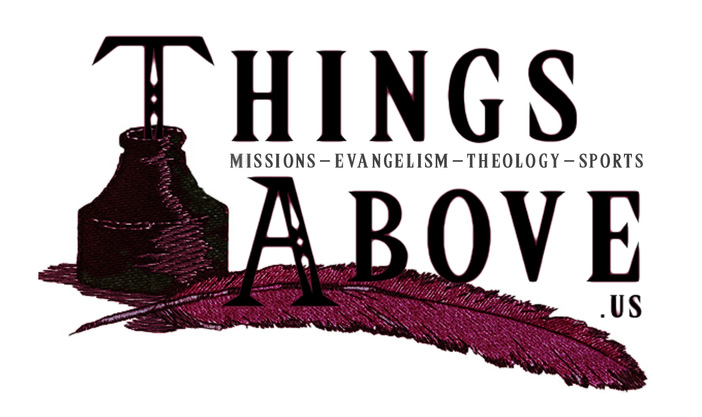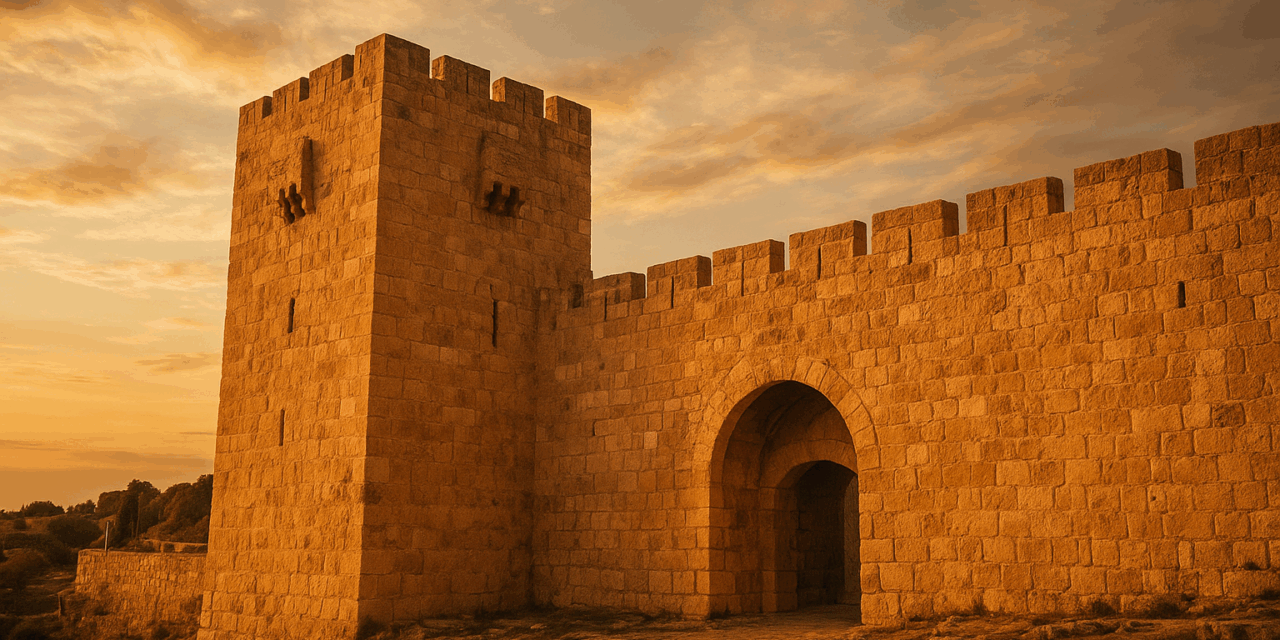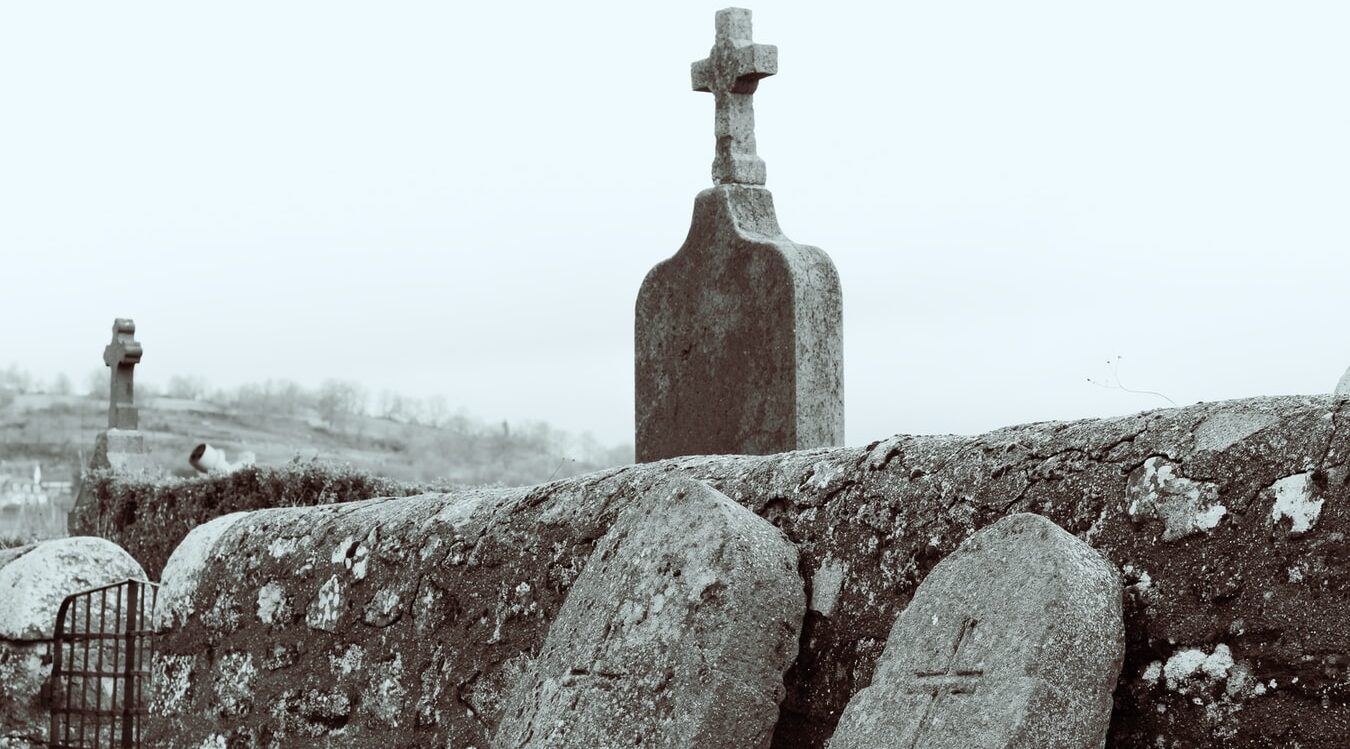When you read the Old Testament, you’ll find many verses that celebrate the beauty and glory of Jerusalem.
Psalm 48:10 says,
“Beautiful in elevation, is the joy of all the earth, Mount Zion, in the far north, the city of the great King.”
Isaiah 2:3 declares,
“And many peoples shall come, and say: ‘Come, let us go up to the mountain of the LORD, to the house of the God of Jacob, that he may teach us his ways and that we may walk in his paths.’ For out of Zion shall go forth the law, and the word of the LORD from Jerusalem.”
And Zechariah 8:3 adds,
“Thus says the LORD: I have returned to Zion and will dwell in the midst of Jerusalem, and Jerusalem shall be called the faithful city, and the mountain of the LORD of hosts, the holy mountain.”
Why so much emphasis on Jerusalem? Because it wasn’t just a city. It symbolized the presence, blessing, and people of God. It was where the throne was. Where the temple was. Where the sacrifices were offered.
Now, fast-forward to Acts 2.
Where does Pentecost happen? Jerusalem. And that’s no accident.
At the end of Luke, Jesus tells His disciples:
“Stay in the city until you are clothed with power from on high.”
The Holy Spirit isn’t confined to a city, so why does Jesus make them wait there? In Jerusalme? Because the Bible is not a random flat, wooden collection of 66 books—it’s one unified story. A story full of types and promises, shadows and substance.
Jerusalem was a type—a picture pointing forward to something greater. And at Pentecost, that picture gives way to reality. In a sense, Jerusalem passes the baton to the church. The old covenant city passes the torch to the new covenant community, the church.
From shadow to substance. From type to fulfillment. It’s as if the physical city says to the church:
“Everything in me pointed to you. And now you’re here.”
Pentecost isn’t an appendix to Luke’s Gospel—it’s the public inauguration of Christ’s kingdom. It’s the moment when Zion’s promises begin to find their true fulfillment in the people of God from every nation.
The church isn’t a Plan B, a pause in God’s program, or an afterthought. It is the goal toward which Jerusalem always pointed. In Christ, God has one people, redeemed from every tribe and tongue. The Seed of the Woman has crushed the head of the Serpent. The True and Better Adam has secured His bride, with whom He will reign forever.
But here’s the thing: when we read Acts 2, our eyes often go straight to the spectacular—the rushing wind, tongues of fire, speaking in tongues, and miracles. And we miss something just as extraordinary: the ordinary.
God’s Spirit working in His people, uniting them, forming a new community devoted to:
- the apostles’ teaching,
- the fellowship,
- the breaking of bread,
- and the prayers.
On the surface, that doesn’t look too impressive. No flashing lights. No sensational headlines. You might think, “Is this it?”
Yes. This is it. And if you truly see it, you’ll realize that this “ordinary” life together in the church is breathtakingly beautiful.
Here’s an analogy: imagine someone who has only eaten McDonald’s their whole life. They’re captivated by the golden arches, the flashy ads, the smell of fries. Then someone hands them a perfectly cooked 12-ounce ribeye on a plate. No colorful box. No catchy jingle. It looks simple—maybe even unimpressive.
Is this it? Oh, take a bite and you’ll see! You won’t go back.
That’s the church. From the outside, it may look plain. Gatherings may seem ordinary. But this is God’s people—redeemed, Spirit-filled, united in Christ. There is nothing more glorious on earth than the bride of Christ.
Al Martin writes, “The church is the theater in which God displays HIs glory.” Yes and amen.
So here’s the invitation:
Stop living on the outside. Trust the gospel. Join the family. Trade the fast food of the world for the feast Christ offers in His church. Come outside the gate with us (cf. Heb. 13:13).






Yikes. Nitpicking and missing the forest for a twig. I pray you are not a stumbling block to others in…